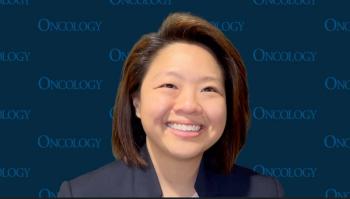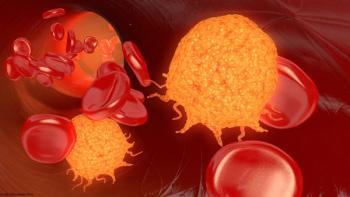
Francesco Ravera, MD, PhD, on the Rationale for Comparing cfDNA to MRI for Predicting pCR After Neoadjuvant Therapy in Breast Cancer
CancerNetwork® spoke with Francesco Ravera, MD, PhD, during the American Association for Cancer Research Annual Meeting 2021 to discuss a study that looked at cell-free DNA assessment compared with traditional MRI for determining pathological complete response in patients with locally advanced breast cancer.
CancerNetwork® sat down with Francesco Ravera, MD, PhD, fellow in the Department of Internal Medicine at the University of Genoa in Italy, to discuss research that was presented at the American Association for Cancer Research (AACR) Annual Meeting 2021. The research examined plasma cell-free DNA as an accurate alternative for assessing pathological complete response following neoadjuvant chemotherapy in patients with locally advanced breast cancer. To understand why the investigators looked into this comparison with traditional MRI, Ravera explained the rationale for their hypothesis.
Transcription:
Today, the standard of care for the assessment of response to neoadjuvant chemotherapy in [patients with breast cancer] is based on magnetic resonance imaging, MRI, which is the best radiological procedure for this purpose but presents data [with] suboptimal accuracy, especially in regard to the assessment of [nodal disease]. In radiological complete responders, [this requires] the assessment of nodal disease biopsy and lymph node biopsy, which is not as invasive as complete resection, but may cause collateral side effects. On the other end, cell-free DNA integrity has already shown potential for diagnostic and predictive purposes in breast cancer.
Reference
Cirmena G, Ferrando L, Ravera F, et al. Plasma cell-free DNA integrity predicts the achievement of pathological complete response to neoadjuvant chemotherapy in breast cancer patients. Presented at: AACR Annual Meeting 2021; April 10-15, 2021; virtual. Abstract LB063.
Newsletter
Stay up to date on recent advances in the multidisciplinary approach to cancer.


















































































